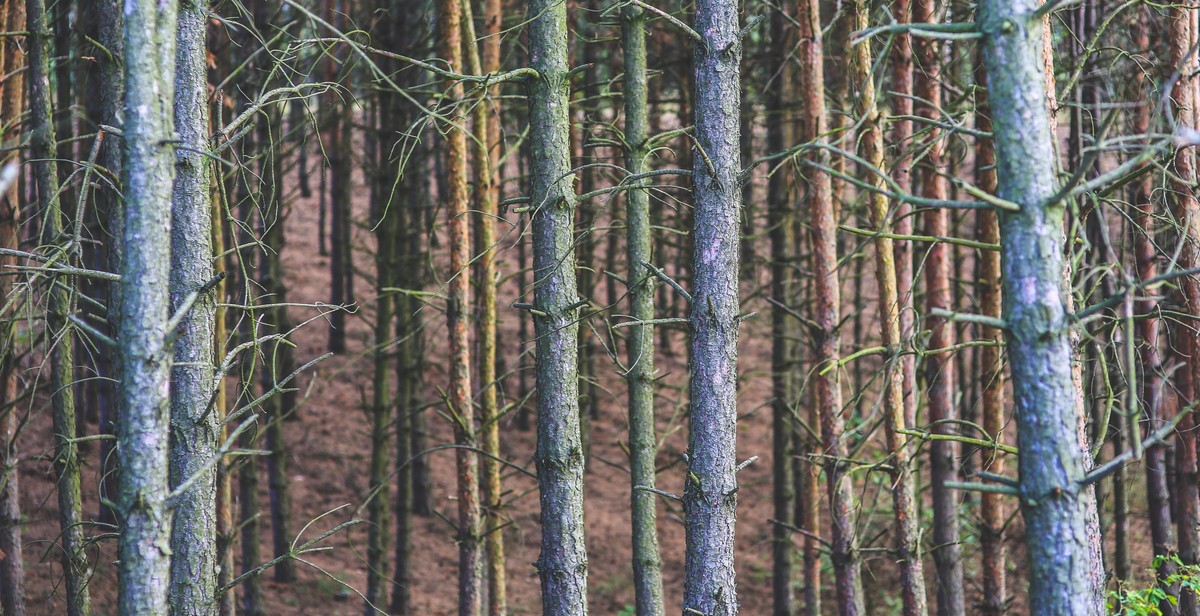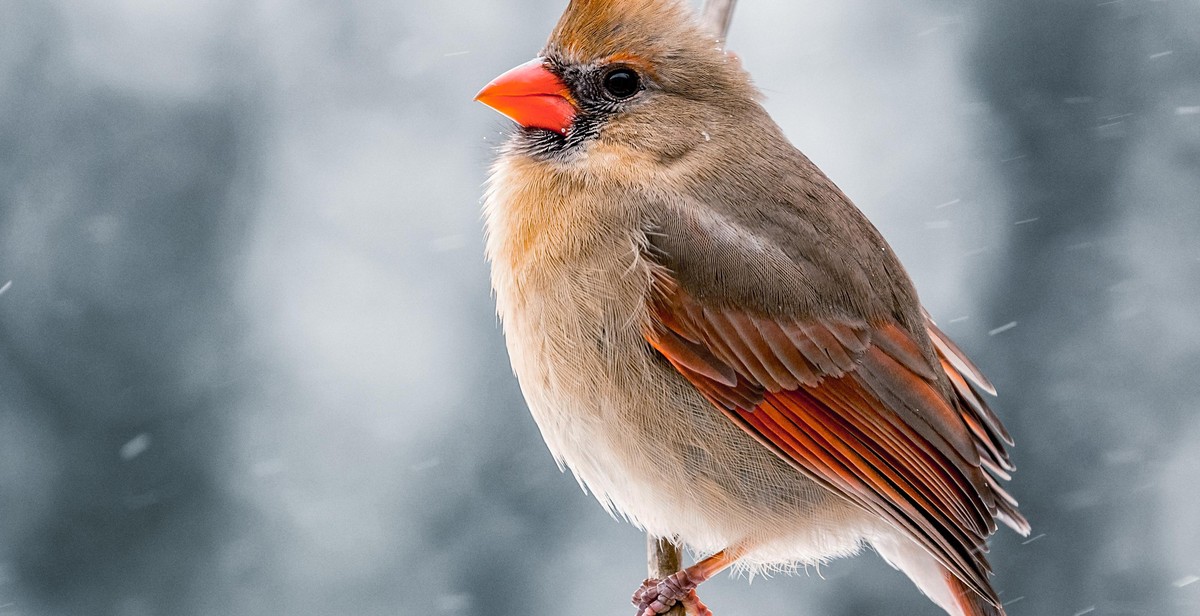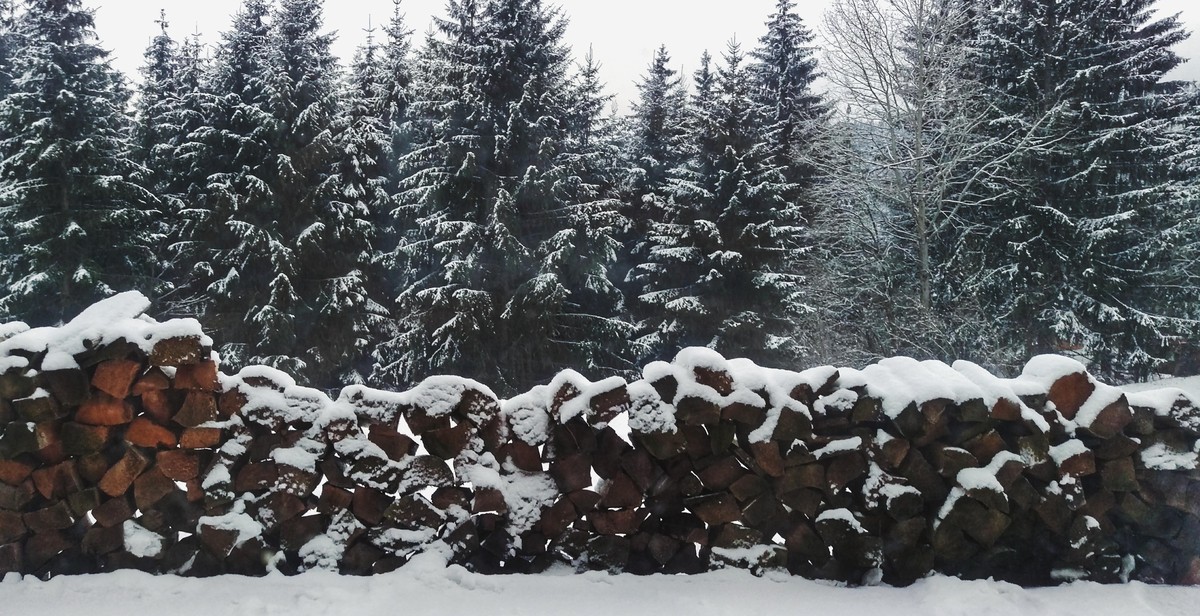How to Identify Trees in Winter: Recognizing Tree Species without Leaves
Identifying trees in winter can be a challenging task for even the most experienced arborists and nature enthusiasts. When trees lose their leaves, it can be difficult to distinguish one species from another, especially when they have a similar appearance. However, there are several techniques that can be employed to identify trees in winter, such as examining the bark, branches, and overall shape of the tree.
Why Identify Trees in Winter?
Identifying trees in winter can be a useful skill for a variety of reasons. For example, it can help with planning and managing a landscape, as well as identifying potential hazards. Additionally, it can aid in wildlife habitat management and conservation efforts. Furthermore, it can be a fun and educational activity to do with family and friends during the winter months.
Challenges of Identifying Trees in Winter
One of the biggest challenges of identifying trees in winter is the lack of leaves, which are often the most recognizable feature of a tree. Additionally, the winter weather can make it difficult to access certain areas, and snow and ice can obscure important identifying characteristics. However, with a little knowledge and practice, it is possible to successfully identify trees in winter.

Tree Identification Techniques
Identifying trees in winter can be a challenging task, especially when the leaves have fallen off. However, there are several techniques you can use to recognize tree species without leaves. These techniques include:
Bark Characteristics
The bark of a tree can provide valuable clues for identification. Look at the color, texture, and pattern of the bark. For example, the bark of a white oak has a light gray color and a scaly texture. The bark of a sugar maple has a gray-brown color and a smooth texture. The bark of a shagbark hickory has a light gray color and a peeling, shaggy texture.
Additionally, some trees have distinctive bark patterns, such as the diamond-shaped pattern on the bark of a black cherry or the diamond-shaped scales on the bark of a black locust.
Branching Patterns
The branching pattern of a tree can also help with identification. Look at the arrangement of branches and twigs on the tree. For example, the branches of a red maple grow in an opposite pattern, while the branches of a sugar maple grow in an alternate pattern. The branches of a dogwood tree grow in a distinct horizontal pattern.
Bud Appearance
The appearance of buds on a tree can provide important clues for identification. Look at the size, shape, color, and texture of the buds. For example, the buds of a red oak are large and pointed, while the buds of a white oak are small and rounded. The buds of a black cherry are small and oval-shaped, while the buds of a black walnut are large and fuzzy.
Tree Silhouette
The overall shape and silhouette of a tree can also be used for identification. Look at the height, width, and shape of the tree. For example, the eastern white pine has a tall, narrow shape, while the American elm has a broad, vase-shaped silhouette. The red spruce has a conical shape, while the white spruce has a more cylindrical shape.
By using these techniques, you can identify trees even in the winter when their leaves have fallen off. Be sure to take note of multiple characteristics to ensure accurate identification.

Common Tree Species in Winter
Identifying trees in winter can be challenging, but it is not impossible. By looking at the tree’s bark, twigs, buds, and overall shape, you can determine the species of the tree. Here are some common tree species found in North America and their identifying features in winter:
Oak
Oaks are easily recognizable due to their rough, deeply furrowed bark. The bark of mature oaks is grayish-brown and can have a scaly appearance. Oak twigs are stout and often have a reddish-brown color. Oak buds are small and rounded, and they are clustered at the tips of the twigs.
Maple
Maples have smooth, grayish-brown bark that can have a slightly rough texture. The twigs of maples are slender and reddish-brown. The buds of maples are opposite and pointed, with a reddish-brown color.
Birch
Birches have distinctive white bark with black markings that peel in thin, papery sheets. The twigs of birches are slender and yellowish-brown. The buds of birches are small and pointed, with a reddish-brown color.
Pine
Pines have rough, scaly bark that can vary in color from reddish-brown to gray. Pine twigs are slender and brownish-red. Pine buds are small and pointed, with a reddish-brown color. Pines also have needle-like leaves that are retained throughout the winter.
Hemlock
Hemlocks have a distinctive reddish-brown bark that is furrowed and scaly. The twigs of hemlocks are slender and brownish-red. Hemlock buds are small and rounded, with a reddish-brown color. Hemlocks also have short, flat needles that are retained throughout the winter.
Dogwood
Dogwoods have smooth, grayish-brown bark with small, scaly ridges. The twigs of dogwoods are slender and reddish-brown. Dogwood buds are small and pointed, with a reddish-brown color.
Sycamore
Sycamores have a distinctive mottled bark that is white and gray. The twigs of sycamores are stout and reddish-brown. Sycamore buds are small and pointed, with a reddish-brown color.
Willow
Willows have smooth, grayish-brown bark that can have a slightly rough texture. The twigs of willows are slender and yellowish-brown. Willow buds are small and pointed, with a reddish-brown color.
| Tree Species | Bark | Twigs | Buds |
|---|---|---|---|
| Oak | Rough, deeply furrowed, grayish-brown | Stout, reddish-brown | Small, rounded, clustered at tips of twigs |
| Maple | Smooth, grayish-brown | Slender, reddish-brown | Opposite, pointed, reddish-brown |
| Birch | White with black markings, peels in thin, papery sheets | Slender, yellowish-brown | Small, pointed, reddish-brown |
| Pine | Rough, scaly, reddish-brown to gray | Slender, brownish-red | Small, pointed, reddish-brown |
| Hemlock | Reddish-brown, furrowed, scaly | Slender, brownish-red | Small, rounded, reddish-brown |

